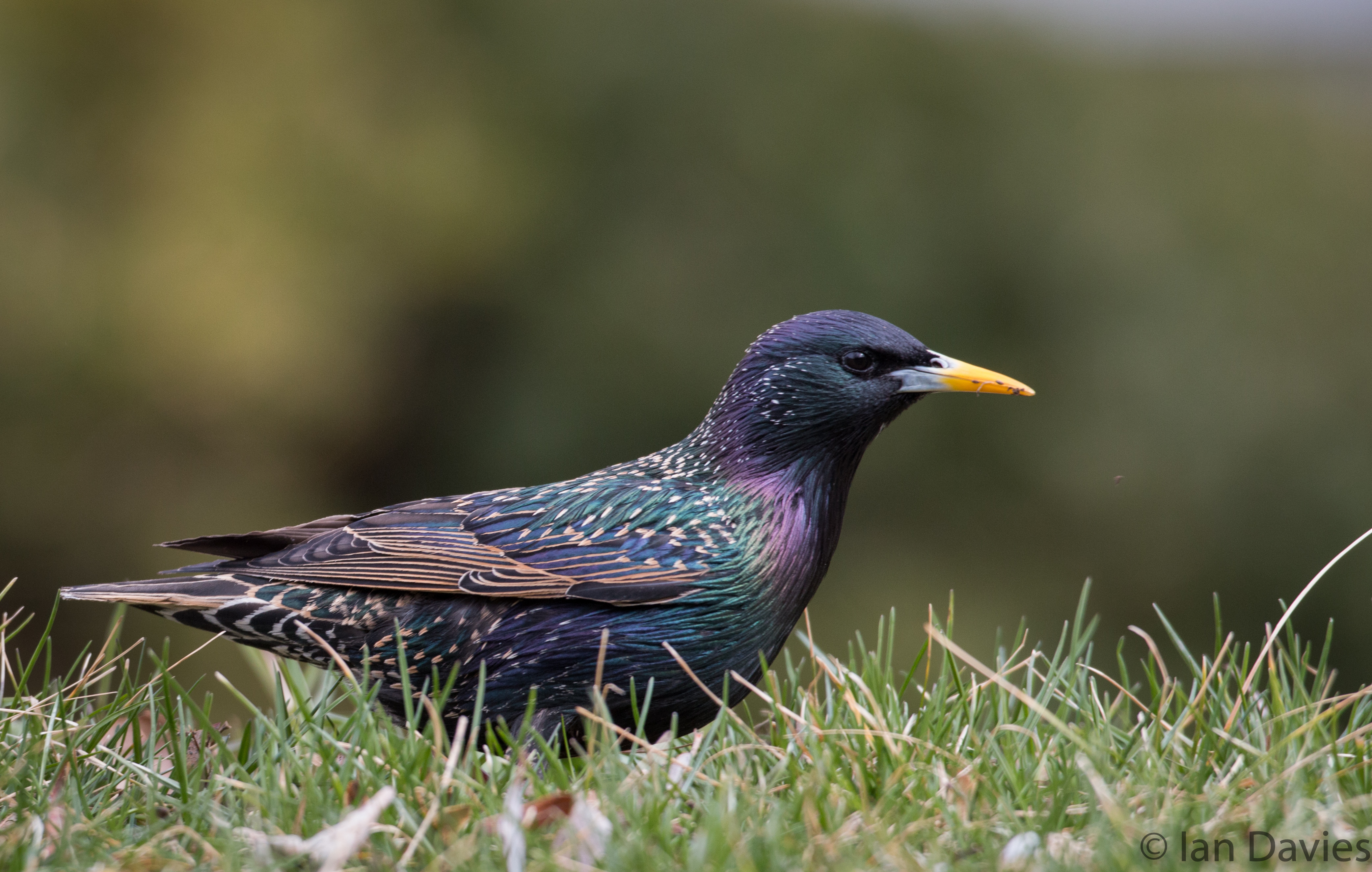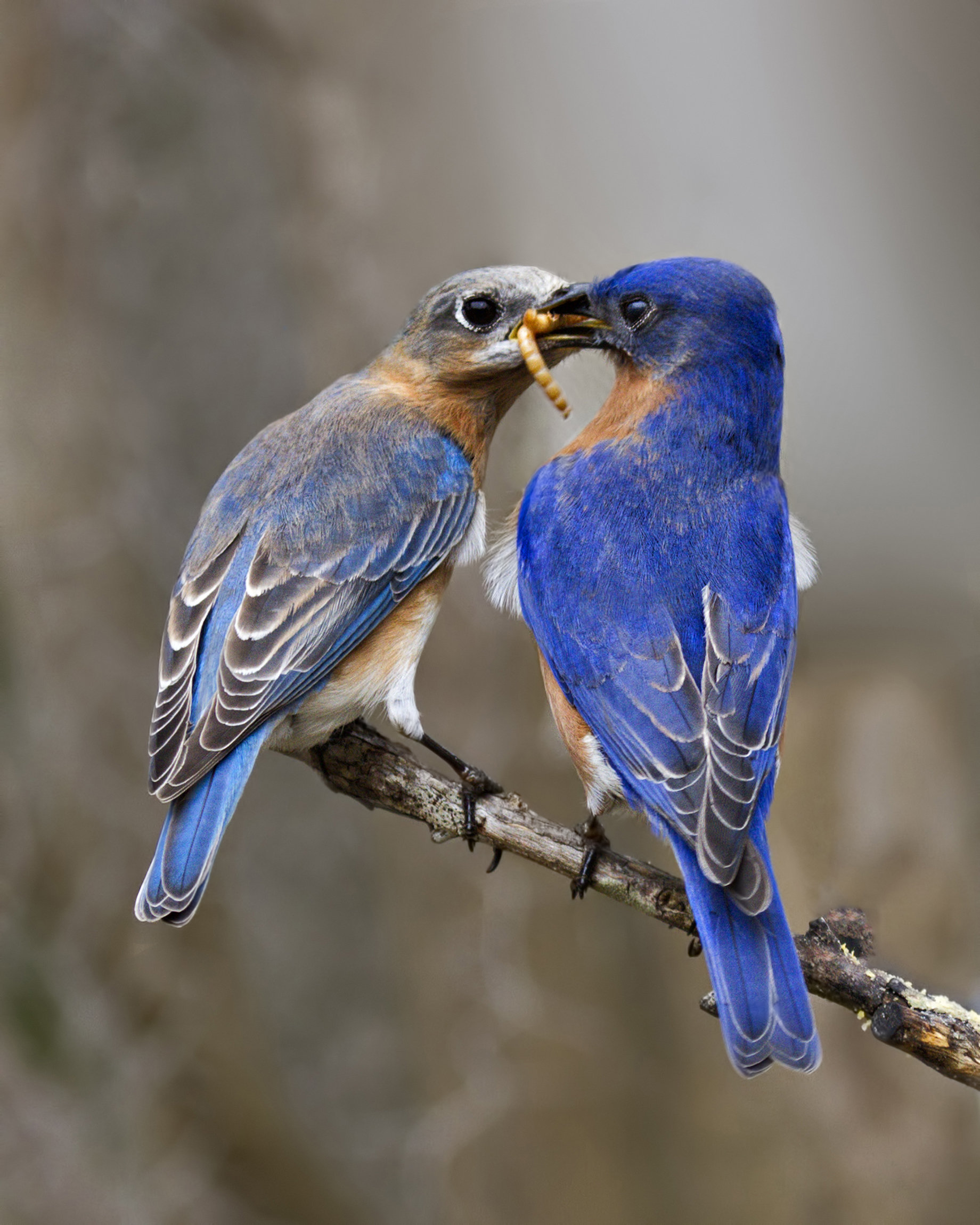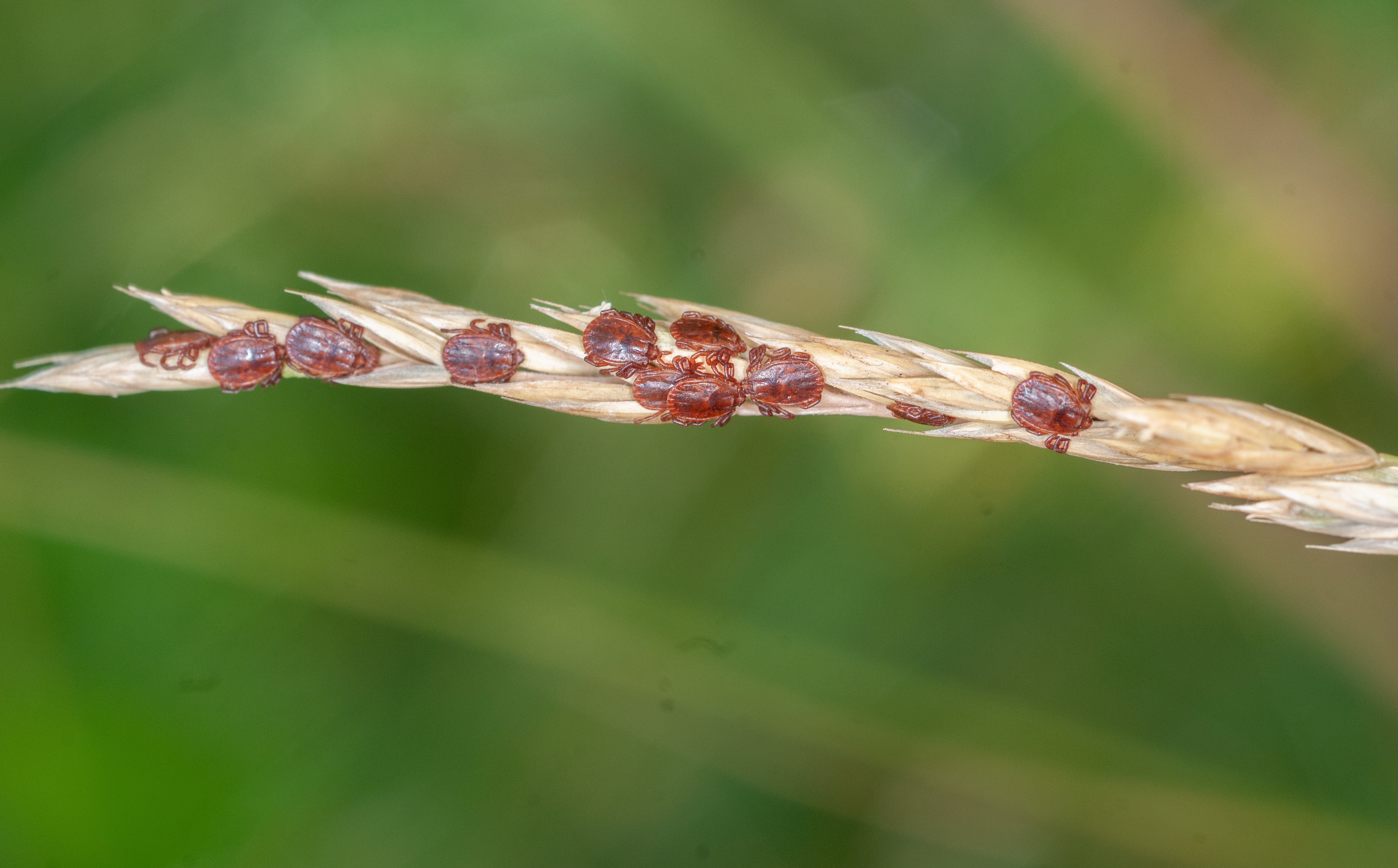The Jorō (Joro) spider was first spotted stateside around 2013 and has since been spotted across Georgia and the Southeast. New research from the University of Georgia has found more clues as to why the spider has been so successful in its spread. The study found the invasive orb-weaving spider is surprisingly tolerant of the vibrations and noise common in urban landscapes.
Tag: Invasive
Study: Wild pig populations in U.S. can be managed
Recent conservation efforts have proven effective at controlling wild pig populations in the Southeastern United States, according to new research from the University of Georgia’s Savannah River Ecology Laboratory and Warnell School of Forestry and Natural Resources. Within 24 months of the start of control efforts in the study area located around the Savannah River Site in Aiken, South Carolina, researchers found a reduction of about 70% in relative abundance of pigs and a corresponding decline in environmental rooting damage of about 99%.

Expert offers tips for combating the invasive spotted lanternfly
Virginia’s most infamous hitchhiker is on the move again: the spotted lanternfly. These insects colonize quickly, disrupt native ecosystems, and potentially cause problems to human health and agriculture. The College of Agriculture and Life Sciences and the Department of Entomology at Virginia Tech and the Virginia Department of Agriculture and Consumer Services have partnered to empower the citizens of the commonwealth to take action themselves on these most unwelcome visitors.
UF/IFAS scientists record first case of harmful bacteria in ubiquitous weed found throughout U.S.
Scientists at the University of Florida Institute of Food and Agricultural Sciences (UF/IFAS) have recorded the first North American case of a harmful phytoplasma disease known for its threat to fruit, vegetable and ornamental crops in South America and the Middle East. These same crops are economically important to Florida and in parts of the U.S. To make matters worse, scientists confirmed the host for the disease to be one of the most noxious and rapidly spreading weeds commonly found in a wide range of environments throughout the United States and into Canada.

Starling Success Traced to Rapid Adaptation
Love them or hate them, there’s no doubt the European Starling is a wildly successful bird. A new study from the Cornell Lab of Ornithology examines this non-native species from the inside out to learn what exactly happened at the genetic level as the starling population exploded and spread all across North America?

Study Examines Attitudes Toward Non-Native Birds
A new study from scientists at the Cornell Lab of Ornithology examines public attitudes toward non-native bird species and whether people are willing to manage them to protect native cavity-nesting birds, such as Eastern Bluebirds and the American Kestrel. The findings are published in the Journal of Environmental Management.

Where Did the Asian Longhorned Ticks in the U.S. Come From?
The invasive population of Asian longhorned ticks in the United States likely began with three or more self-cloning females from northeastern Asia, according to a Rutgers-led study. Asian longhorned ticks outside the U.S. can carry debilitating diseases. In the United States and elsewhere they can threaten livestock and pets. The new study, published in the journal Zoonoses and Public Health, sheds new light on the origin of these exotic ticks and how they are spreading across the United States.
Large boreal peatland complexes near their southern range limit are likely threatened by warmer climate
In the Adirondacks, the black spruce, tamarack, and other boreal species are being overcome by trees normally found in warmer, more temperate forests. These invaders could overtake a variety of northern species, eliminating trees that have long been characteristic of Adirondack wetlands.
Rutgers Expert Can Discuss Invasive Plants in N.J. and Alternatives
New Brunswick, N.J. (June 10, 2020) – Rutgers University–New Brunswick Professor Michele Bakacs is available for interviews on invasive exotic plants in New Jersey that are growing out of control, overrunning forests and other natural areas. She can discuss why this…
Rutgers Experts Available to Discuss Invasive Asian Giant Hornet
New Brunswick, N.J. (May 6, 2020) – Rutgers University–New Brunswick experts are available for interviews on inquiries about the invasive Asian giant hornet (Vespa mandarinia). While media reports have triggered concern over the large pest, there are no reports of…
Virginia Tech expert available to discuss lower barriers to invasive species
Invasive species threaten our nation’s food and water supply, a problem that becomes more serious in light of recent funding cuts out of Washington. Virginia Tech’s Jacob Barney, an expert in the field of invasive plant ecology, has joined a…
Virginia Tech expert available to discuss lower barriers to invasive species
Invasive species threaten our nation’s food and water supply, a problem that becomes more serious in light of recent funding cuts out of Washington. Virginia Tech’s Jacob Barney, an expert in the field of invasive plant ecology, has joined a…